Home>Dining>Events & Etiquette>How To Send A Corporate Dinner Invitation Email


Events & Etiquette
How To Send A Corporate Dinner Invitation Email
Modified: January 4, 2024
Learn the proper events etiquette and send a professional corporate dinner invitation email with our step-by-step guide. Enhance your business relationships with polished invitations.
(Many of the links in this article redirect to a specific reviewed product. Your purchase of these products through affiliate links helps to generate commission for Storables.com, at no extra cost. Learn more)
Introduction
Welcome to the world of corporate events! Whether you are planning a formal gala, a casual networking event, or a team-building activity, sending a well-crafted invitation email is crucial to ensure a successful turnout. In today’s digital age, email has become the go-to method for communication, making it an ideal platform for inviting guests to corporate dinners.
In this article, we will guide you through the process of sending a corporate dinner invitation email that not only conveys the necessary information but also captures the attention and interest of your recipients.
Keep in mind that a well-written invitation can set the tone for your event and create anticipation among your guests. It should be informative, concise, and engaging, while reflecting the professionalism and etiquette expected in a corporate setting.
Follow along as we break down the steps to help you craft a compelling corporate dinner invitation email that leaves a lasting impression on your recipients.
Key Takeaways:
- Craft a compelling corporate dinner invitation email by understanding the purpose, identifying the right recipients, and creating a personalized subject line to entice recipients to open and respond to your invitation.
- Ensure a successful turnout for your corporate dinner by providing clear event details, including special instructions, and ending with a polite closing that leaves a positive impression on your recipients.
Step 1: Understand the Purpose of the Email
Before you start writing your corporate dinner invitation email, it’s important to have a clear understanding of the purpose behind it. Are you inviting clients, employees, or potential business partners? Is the event a celebration, a networking opportunity, or a formal gathering?
Having a clear objective in mind will help you determine the tone, style, and overall approach of your invitation email. For example, if you’re hosting a networking event, you may want to adopt a more casual and friendly tone to encourage conversation and connection. On the other hand, if it’s a formal corporate dinner, you’ll want to maintain a professional and polished tone throughout the email.
Understanding the purpose will also allow you to set the right expectations for your recipients. Clearly communicate what guests can expect from the event, whether it’s a keynote speaker, a product launch, or an awards ceremony. This will help them decide if they want to attend and prepare accordingly.
Furthermore, the purpose of the email should guide your choice of language, format, and level of formality. Tailoring your invitation to fit the tone of the event will make it more appealing and increase the likelihood of a positive response.
Take some time to brainstorm and outline the key objectives and goals of your corporate dinner. Once you have a clear understanding of the purpose, you can proceed to the next step of identifying the recipients.
Step 2: Identify the Recipients
Identifying the right recipients for your corporate dinner invitation is crucial for a successful event. You want to make sure that the individuals you invite are relevant to the purpose and objectives of the gathering.
Consider the nature of your event and determine who would benefit or contribute to its success. Are you targeting clients, employees, executives, or industry professionals? Understanding your target audience will help you tailor your invitation and ensure the right people are in attendance.
Start by creating a comprehensive list of potential recipients. This can include contacts from your company’s database, business partners, industry influencers, or even previous event attendees. If needed, consult with your team or colleagues to identify any key individuals who should receive an invitation.
Additionally, it’s important to consider the number of guests you can accommodate at your venue. If there are any limitations or restrictions, make sure to plan accordingly and prioritize your invitation list based on importance or relevance.
Once you have compiled your list, double-check for accuracy and ensure that you have the correct contact information for each recipient. Sending the invitation to the correct email address is essential to maximize the event’s attendance and minimize any potential confusion.
By taking the time to carefully identify the recipients, you can ensure that your corporate dinner invitation reaches the right people, further enhancing the effectiveness of your event.
Step 3: Craft a Compelling Subject Line
The subject line of your corporate dinner invitation email is the first impression that recipients will have of your event. It is what determines whether they open the email or simply delete it without a second thought. Therefore, it is crucial to craft a compelling subject line that grabs attention and entices the reader to open your email.
Here are a few tips to help you create an effective subject line:
- Keep it concise: Aim for a subject line that is short and to the point. Long subject lines may get cut off on mobile devices or appear overwhelming.
- Highlight the main benefit or unique aspect of the event: What sets your corporate dinner apart? Whether it’s a renowned guest speaker, an exclusive venue, or a special theme, make it clear in the subject line.
- Create a sense of urgency: Incorporate words like “limited seats,” “early bird offer,” or “last chance” to create a sense of urgency and encourage recipients to take immediate action.
- Personalize when appropriate: If you have built a relationship with the recipient, consider using their name or referencing a previous interaction to make the subject line more personal and relevant.
- Avoid spam triggers: Stay away from using all caps, excessive exclamation marks, or spam trigger words that could cause your email to end up in the recipient’s spam folder.
Remember, the subject line sets the tone for your invitation and can significantly impact the open rate of your email. It is your opportunity to pique the recipient’s curiosity and convince them that attending your corporate dinner is a worthwhile endeavor.
Take your time to brainstorm and experiment with different subject lines until you find one that encapsulates the essence of your event and generates interest among your recipients.
Step 4: Start with a Greeting and Introduction
Once you have captured the attention of your recipients with a compelling subject line, it’s time to engage them further in the body of your corporate dinner invitation email. Start by addressing them with a warm and personalized greeting.
Use the recipient’s name whenever possible to create a sense of connection and make the email feel more personal. For example, “Dear [Recipient’s Name]” or “Hello [Recipient’s Name]” sets a friendly and welcoming tone from the beginning.
After the greeting, provide a brief introduction that sets the context for the event. You can mention your company’s name, the purpose of the gathering, and any relevant background information that will help recipients understand the significance of the event.
For example, “I am writing to invite you to an exclusive corporate dinner hosted by [Your Company Name]. As a valued client/employee/partner, we would like to express our gratitude for your ongoing support and take this opportunity to connect and celebrate together.”
This introduction should create a positive and enthusiastic tone, making recipients feel valued and excited about attending the event.
Additionally, you can use this section to briefly mention any key highlights or unique aspects of the corporate dinner. This can include notable guest speakers, entertainment, networking opportunities, or any other details that will capture the readers’ interest and entice them to continue reading.
By starting your invitation email with a warm greeting and an engaging introduction, you establish a personal connection with your recipients and set the stage for a successful corporate dinner.
Keep the email concise and to the point, including all necessary details such as date, time, location, and RSVP information. Personalize the invitation and clearly communicate the purpose of the event.
Step 5: Provide Event Details
Now that you have grabbed the attention of your recipients and established a warm introduction, it’s time to provide them with all the necessary details about the corporate dinner event.
Start by including the date, time, and location of the event. Be specific and provide enough information for recipients to easily add the event to their calendars and plan their attendance. Consider including the full address of the venue and any additional instructions on how to access or locate it.
For example, “The corporate dinner will take place on [Date] at [Time]. The event will be held at [Venue Name], located at [Address].”
Next, provide a brief overview of the agenda or schedule for the evening. Mention any planned activities, speeches, or presentations that attendees can expect. This will give your recipients an idea of what to anticipate and helps them determine their level of interest in attending.
Include any dress code requirements to ensure that your attendees come appropriately dressed for the occasion. Be specific about the desired level of formality, whether it’s black-tie, business casual, or a specific theme.
If you are providing a meal, specify whether it will be a sit-down dinner or a buffet style, and if any dietary preferences or restrictions will be accommodated. This will allow guests to plan accordingly and ensure they have a comfortable dining experience.
Lastly, provide any additional relevant information that may be necessary for attendees. This can include parking instructions, the availability of valet parking, or any special details they should be aware of before attending the event.
By providing clear and detailed event information, you ensure that recipients have all the necessary information to make an informed decision and prepare for the corporate dinner.
Step 6: Include Special Instructions (if any)
In some cases, your corporate dinner invitation may require including special instructions or additional information that is specific to the event. These instructions can help ensure a smooth and enjoyable experience for your guests.
Consider the following special instructions, if applicable:
- RSVP details: Clearly state how guests should RSVP, whether it’s through a designated email address, an online form, or by phone. Provide a deadline for RSVPs to help with planning.
- Plus-one policy: If your event allows guests to bring a plus-one, specify if they need to indicate the names of their guests during the RSVP process.
- Security procedures: If the corporate dinner involves heightened security measures, such as requiring photo ID or pre-registration, inform your guests in advance to ensure a smooth check-in process.
- Technology requirements: If you will be incorporating any interactive elements or presentations during the dinner, provide instructions on what devices or equipment guests may need to bring, such as a smartphone or tablet.
- Networking tips: If the event aims to facilitate networking, you can include some helpful tips and suggestions on how to engage with other attendees. This can encourage more meaningful connections during the dinner.
- Special requests: If there are any specific preferences or special requests that guests can make, such as dietary restrictions or accessibility accommodations, provide a contact person or designated form for them to communicate their needs.
By including special instructions in your corporate dinner invitation email, you demonstrate your attention to detail and commitment to providing a seamless and enjoyable experience for your guests.
Step 7: Request RSVP
Now that you have provided all the necessary event details and any special instructions, it’s time to request a response from your recipients. Requesting an RSVP (Répondez s’il vous plaît) is essential for effective event planning and helps you gauge the expected attendance for your corporate dinner.
Clear and concise instructions for RSVPing will make it easier for your guests to respond. Here are some tips to consider:
- Specify the preferred method of RSVP: Whether it’s through email, an online form, or a dedicated RSVP platform, clearly communicate how you want your guests to respond. Provide any necessary links or contact information to streamline the RSVP process.
- Set a deadline: Include a specific deadline for RSVPs to ensure you receive responses in a timely manner. This will give you enough time to make any necessary adjustments or arrangements for the event.
- Indicate if a guest count is needed: If you need an exact count of attendees for seating arrangements or catering purposes, make it clear in your invitation. Ask guests to indicate if they will be attending alone or with a plus-one, if applicable.
- Express appreciation: Convey your gratitude for their response and emphasize that their attendance is highly valued. This small touch of appreciation can encourage guests to RSVP promptly.
Make sure that the response process is as simple and user-friendly as possible. Avoid asking for unnecessary information that may deter guests from responding, and ensure that the RSVP method you choose is compatible with different devices and easy to access.
By requesting an RSVP, you demonstrate professionalism and help streamline your event planning process, ensuring a well-organized and enjoyable corporate dinner experience for all attendees.
Step 8: End with a Polite Closing
As you wrap up your corporate dinner invitation email, it’s important to end with a polite and thoughtful closing that leaves a positive impression on your recipients. Your closing sets the tone for the overall invitation and can leave a lasting impact on how your guests perceive your event and your company.
Consider the following elements to include in your closing:
- Express enthusiasm: Reiterate your excitement and anticipation for the event. Let your recipients know how much you are looking forward to their presence and the opportunity to connect with them.
- Offer contact information: Provide a point of contact for any questions or clarifications. This can be your own email address or a separate contact person who can assist attendees with any inquiries leading up to the event.
- Extend appreciation: Thank your recipients for their time and consideration in reading the invitation. Express gratitude for their continued support, partnerships, or relationships with your company.
- Include a polite closing phrase: End with a professional closing phrase such as “Sincerely,” “Best regards,” or “Thank you.” Choose a closing that aligns with the tone and formality of your invitation.
- Signature: Include your name, title, and company name at the end of the email. This adds a personal touch and reinforces your identity as the sender.
By ending your corporate dinner invitation email on a polite and considerate note, you leave a positive impression and encourage recipients to respond and attend the event.
Remember to proofread your email before sending to ensure there are no spelling or grammatical errors. A professional and error-free invitation reflects positively on your attention to detail and your commitment to the event’s success.
With a well-crafted closing, your invitation email will leave a lasting impact and increase the likelihood of a positive response from your recipients.
Read more: How To Cancel A Dinner Invitation
Conclusion
Crafting a corporate dinner invitation email requires careful thought and attention to detail. By following the steps outlined in this guide, you can create a compelling and engaging invitation that sets the stage for a successful event.
Understanding the purpose of the email is crucial in setting the right tone and approach for your invitation. Identifying the recipients ensures that you invite the right individuals who can contribute to the success of your corporate dinner.
A compelling subject line grabs the attention of your recipients, while a warm greeting and introduction create a personal connection and generate interest. Providing clear event details and any special instructions ensures that guests are well-informed and can prepare accordingly.
Requesting an RSVP allows for effective planning and helps you determine the expected attendance for your corporate dinner. Lastly, ending with a polite closing and expressing appreciation leaves a positive impression on your recipients.
Remember to infuse creativity and a human touch when crafting your invitation email. Use natural language, incorporate keywords seamlessly, and create a visually appealing layout to optimize the email for search engines and enhance readability.
By following these steps and infusing your own creativity, you can create a comprehensive and engaging corporate dinner invitation email that captures the attention of your recipients and ensures a successful and memorable event. Good luck with your invitation and enjoy a successful corporate dinner!
Frequently Asked Questions about How To Send A Corporate Dinner Invitation Email
Was this page helpful?
At Storables.com, we guarantee accurate and reliable information. Our content, validated by Expert Board Contributors, is crafted following stringent Editorial Policies. We're committed to providing you with well-researched, expert-backed insights for all your informational needs.
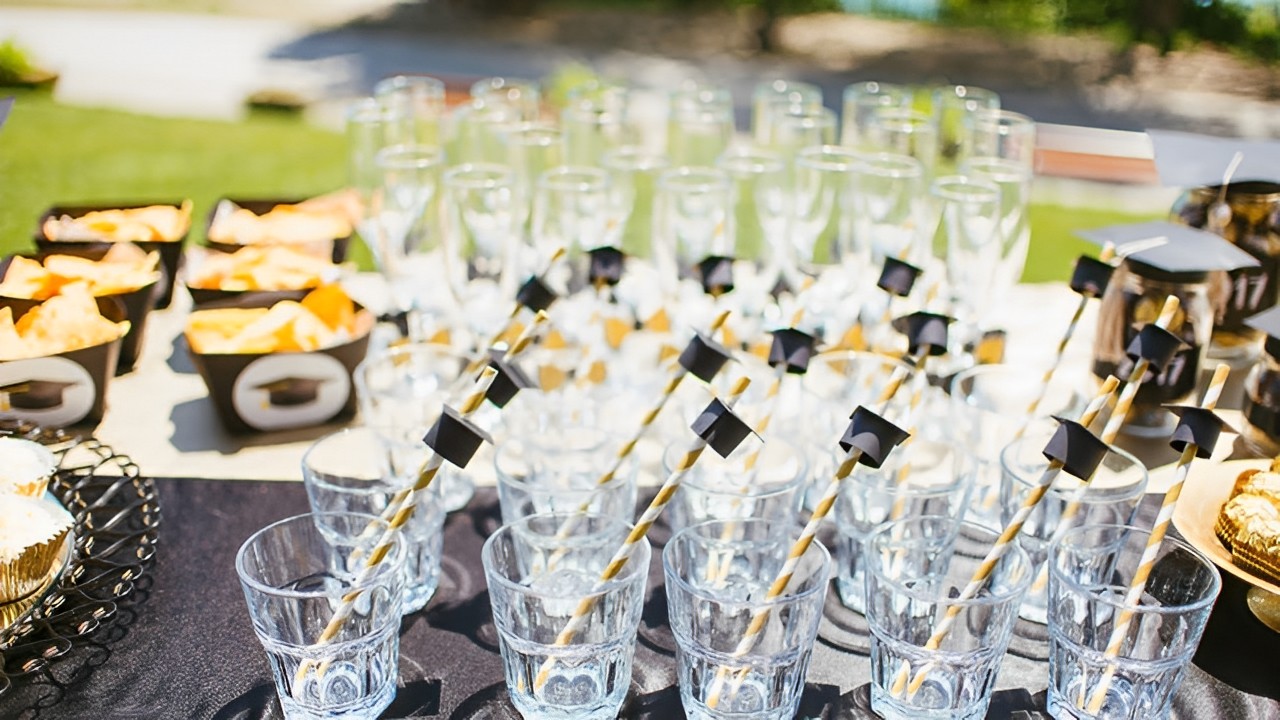
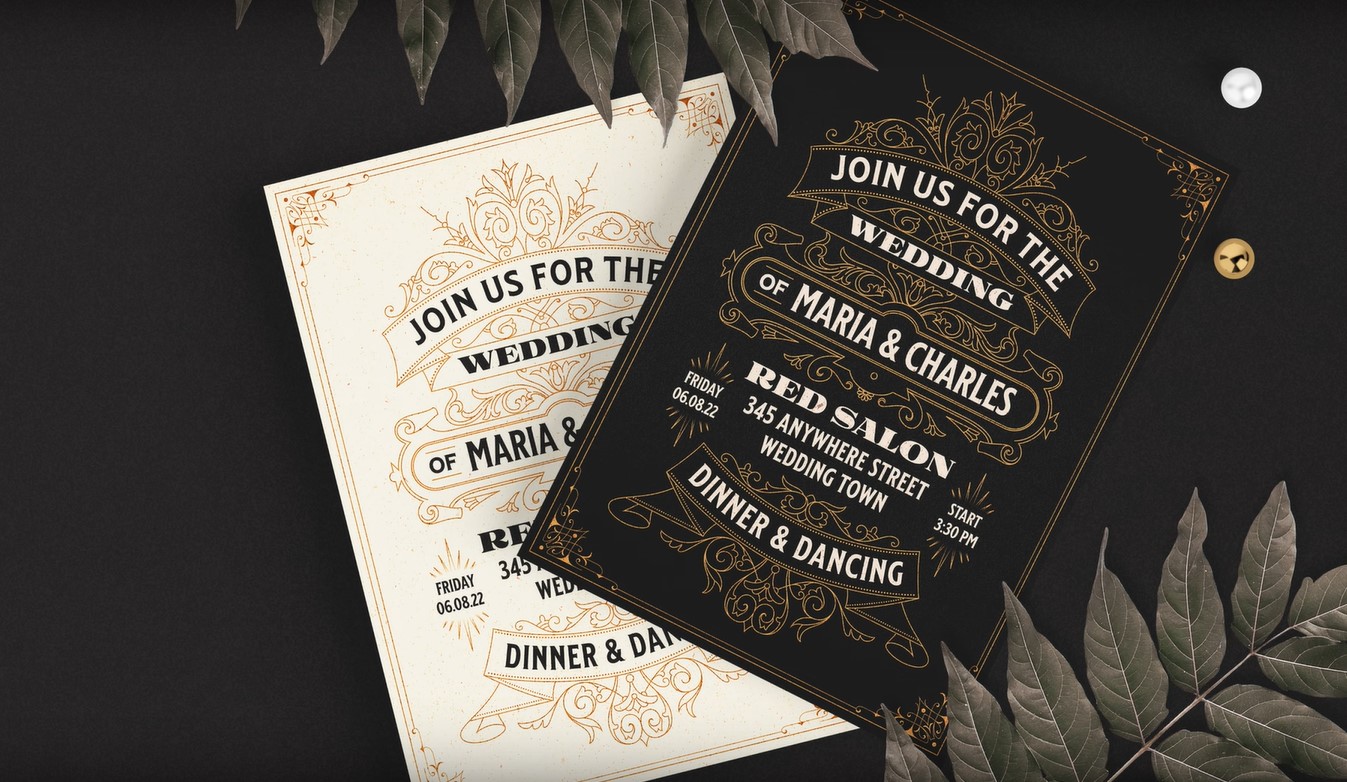
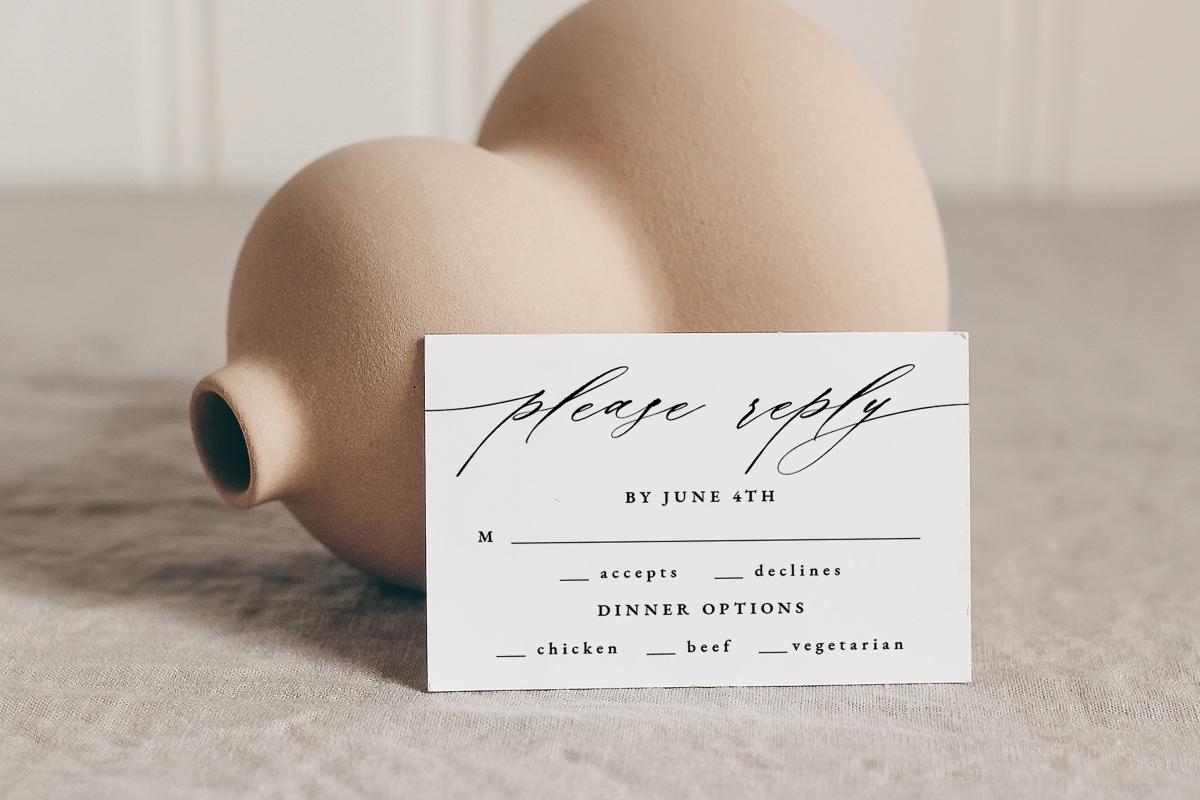
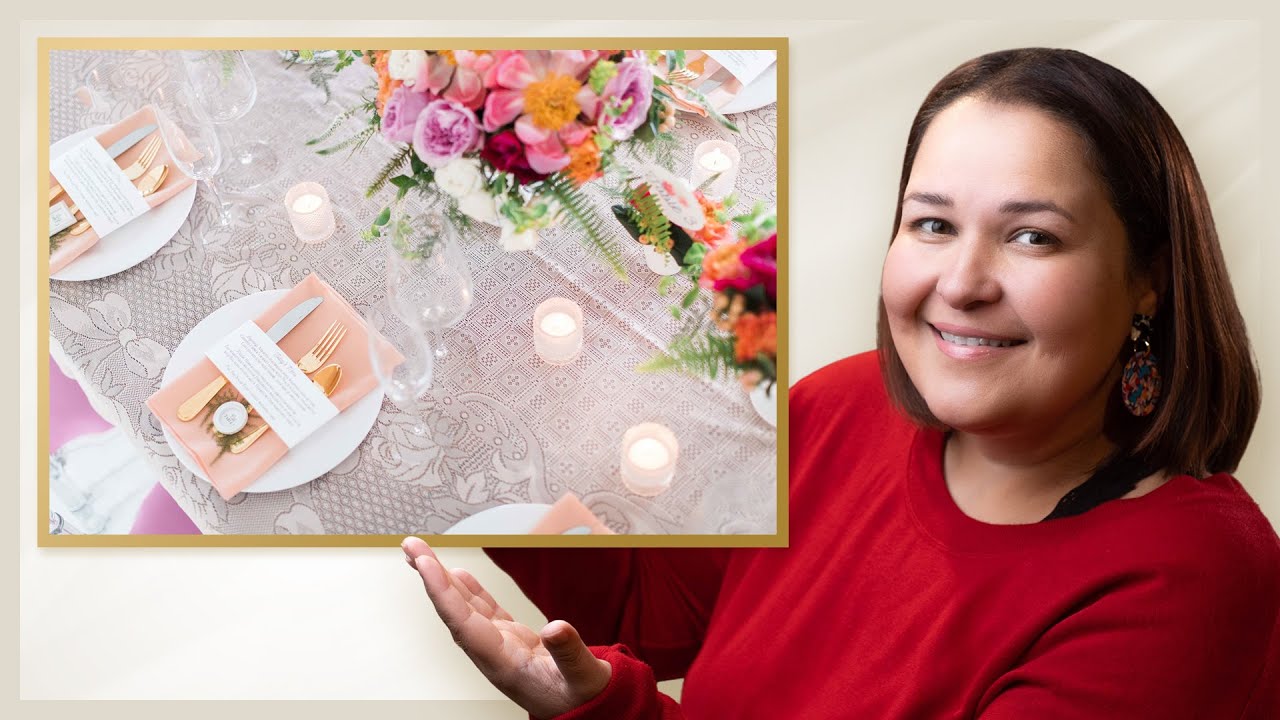
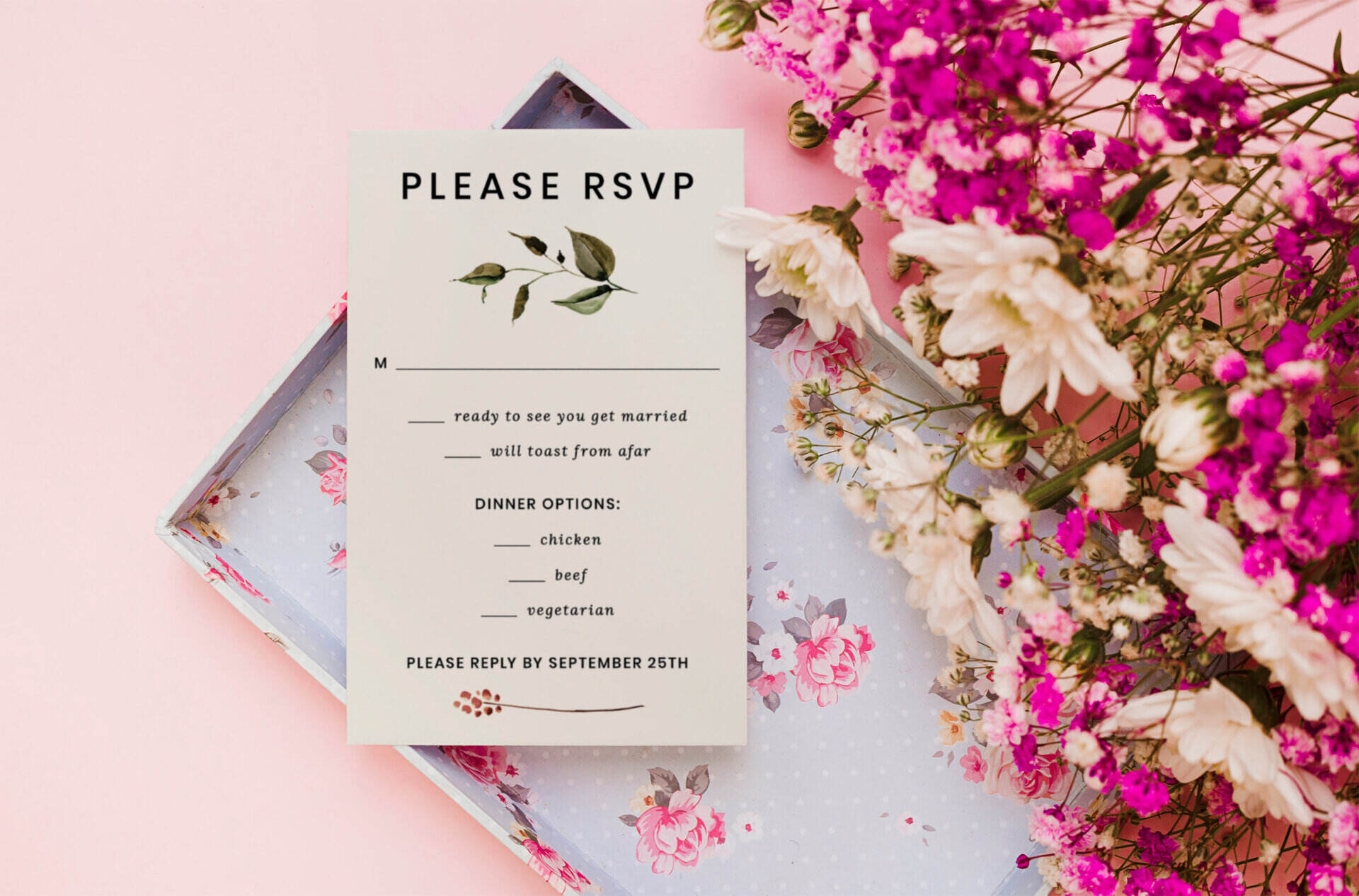






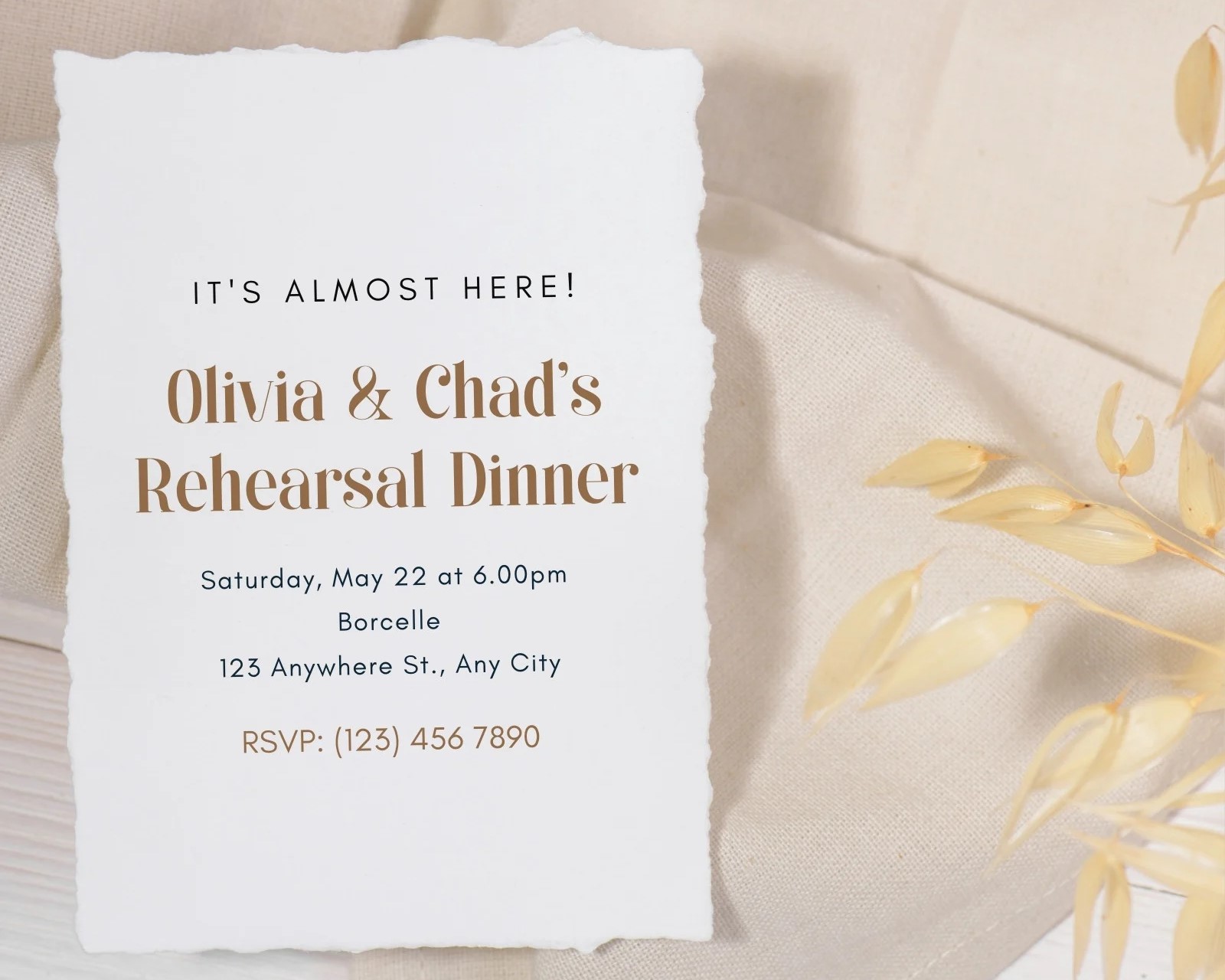


0 thoughts on “How To Send A Corporate Dinner Invitation Email”